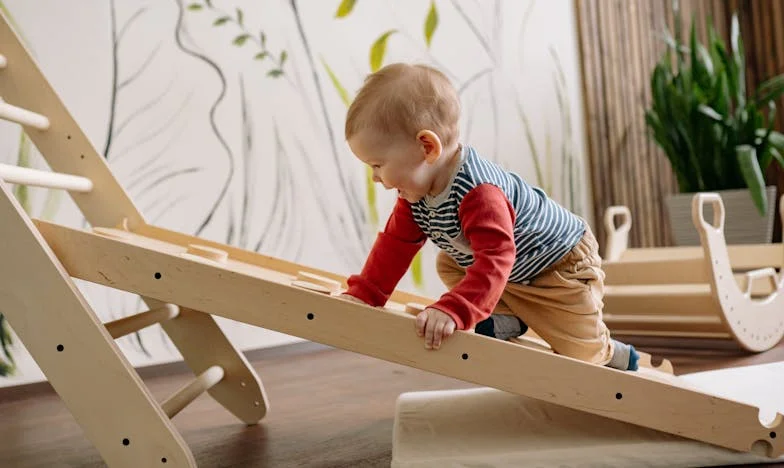Navigating the Storm: Strategies for Managing Post-Playtime Tantrums in Toddlers
Playtime is a crucial aspect of a toddler’s day, filled with exploration, learning, and fun. However, transitioning from playtime to other activities can sometimes trigger tantrums, leaving parents and caregivers searching for strategies to navigate these emotional storms. Understanding the root causes of post-playtime tantrums and employing effective techniques can make these transitions smoother for both toddlers and adults. This article draws on real-life examples to offer practical advice for managing these challenging moments.
Understanding the Why Behind the Tantrum
Tantrums after playtime often stem from a toddler’s difficulty in transitioning from a highly enjoyable activity to something less appealing, like naptime or mealtime. For instance, four-year-old Ruby might throw a tantrum when it’s time to stop playing with her blocks because she’s not ready to leave her imaginative world. Similarly, Joseph, a three-year-old, might have a meltdown when his playdate with Christopher ends, as he struggles with the concept of saying goodbye to a friend.
Strategies for Managing Post-Playtime Tantrums
1. Preparation and Communication: Before playtime ends, give your child a heads-up. For example, Victoria’s mother always gives her a five-minute warning before it’s time to clean up. This preparation helps Victoria mentally prepare for the transition, reducing the likelihood of a tantrum.
2. Create a Routine: Children thrive on routine because it gives them a sense of security. Establishing a predictable sequence of events can help. After playtime, Austin knows it’s snack time, followed by a story with his dad. This routine helps him transition more smoothly from one activity to the next.
3. Offer Choices: Giving toddlers a sense of control can significantly reduce tantrum occurrences. When it was time for Alexandra to end her playtime, her parents would let her choose which toy she wanted to put away last or which book she wanted to read afterward. This small decision-making process empowered Alexandra and made the transition easier.
4. Empathy and Validation: Acknowledge your child’s feelings. Saying something like, “I understand you’re sad because playtime is over. It’s hard to stop doing something fun,” validates their emotions. For Christopher, hearing his feelings acknowledged made him feel understood and calmed him down faster.
5. Positive Reinforcement: Praise your child for transitioning smoothly. For instance, after Joseph managed to end his playdate without a tantrum, his parents praised his maturity, reinforcing positive behavior.
Real-Life Application
Consider the case of Ruby, who struggled with post-playtime tantrums. Her parents implemented a combination of these strategies, starting with a clear warning system and a consistent routine. They also began acknowledging her feelings more openly. Over time, Ruby’s ability to transition from playtime improved significantly, leading to fewer tantrums and a happier household.
Conclusion
Managing post-playtime tantrums requires patience, understanding, and consistency. By preparing your child for transitions, establishing routines, offering choices, validating their feelings, and reinforcing positive behavior, you can navigate these challenging moments more effectively. Remember, each child is unique, and what works for Ruby might not work for Joseph. Be prepared to experiment with different strategies to find what best suits your child’s needs.
By employing these strategies, parents and caregivers can foster a more harmonious environment that supports their toddler’s emotional development and well-being.
